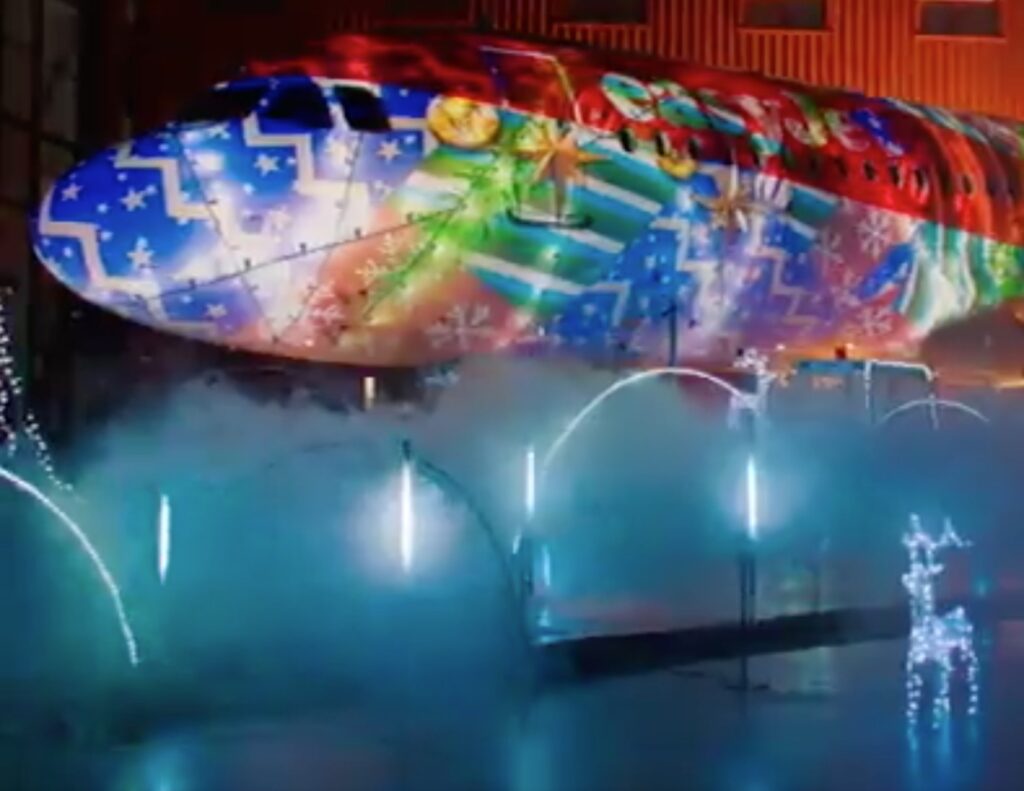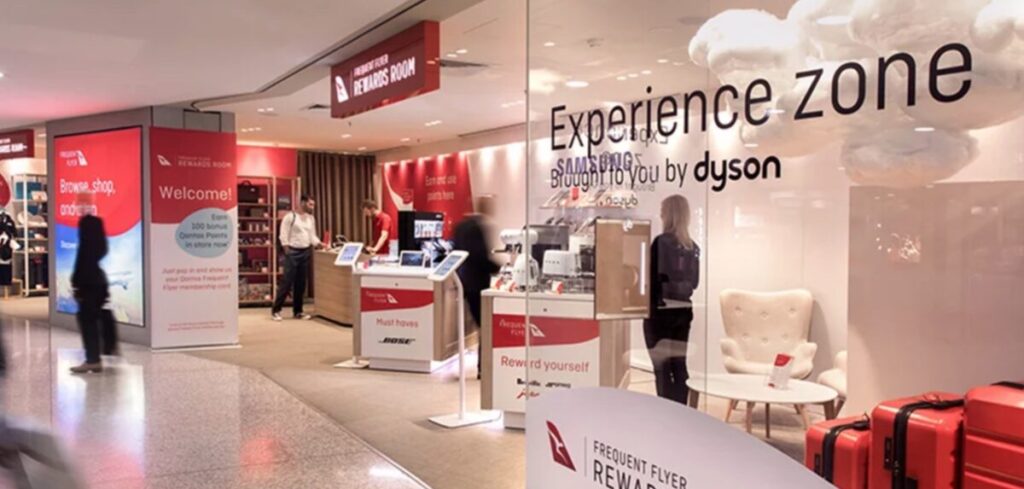Evolution is a slow process. Although the world around us changes rapidly, human beings remain relatively unchanged. Our hopes and fears, likes and dislikes, wills and won’ts are fundamentally the same as they were thousands of years ago. The marketing world often forgets this. We can’t resist the next big thing – the must-use platform or the glitzy new gadget. We forget the fundamentals of what makes people tick.
When looking to grow a brand, rather than worry about TikTok or blockchain or cryptocurrency, think first about the golden rule of business – how can we provide a good customer experience?
Take Apple, for example. On May 19, 2001, the first Apple store opened in Tysons Corner, Virginia. The idea of a tech company launching a physical retail space was seen by many as a huge risk, with Businessweek even commenting, “Maybe it’s time Steve Jobs stopped thinking quite so differently”.
Some 17 years later, Apple launched its 500th store in Seoul, South Korea. Apple is now as much a retail brand as it is a tech company. What opportunity did it see that so many others missed?
“You’ve got to start with the customer experience and work back towards the technology – not the other way around,” said Steve Jobs.
Apple understood the value in providing its customers with an amazing experience. Enough was enough. The previous model of watching commission-hungry sales people push their products in drab surroundings was no longer good enough. The company needed to go to extraordinary lengths to provide a better experience for prospective and existing customers. The investment was worth it. The gamble paid off.
The American Society for Quality conducted a survey on customer loyalty. One question asked why companies lose customers:
- Customer influenced by friends – 5%.
- Customer lured away by competition – 9%.
- Customer dissatisfied by product – 14%.
- Customer turned away by attitude of indifference by the provider – 68%.

The results are significant. The experience provided by frontline staff is nearly eight times more important in maintaining customer loyalty than the actions of a company’s competitors.
A study by PwC told a similar story. Their research showed 85% of brand opinion is driven by everyday interactions with the brand; only 15% is driven by traditional comms. Put simply, the frontline of a business matters. Like Apple, companies willing to go the extra mile to make the experience on their frontlines extraordinary tend to succeed.
An experiential future
We are living through a period of rapid change for customer experience. For thousands of years, all business was conducted face-to-face. However, the last 100 years has seen the development of a vast array of new technologies, which have divided most company’s frontline. People can now connect with businesses via their phones or emails, social networks or chatbots. The Covid-19 pandemic has accelerated the uptake of several new technologies that puts even greater pressure on face-to-face experiences.
Why go into a bank when I can speak to an advisor over Zoom?
Why go to the cinema when I can watch a film on Netflix?
Why go to the shops when I can buy an outfit at the click of a button?
The answer to these questions is the same as the one Apple gave us when it launched its first store 20 years ago: Extraordinary experiences drive an extraordinary level of customer loyalty and advocacy.
While nobody is doubting the unparalleled level of convenience digital experiences provide, there is nothing quite like the immersive power of experiencing something in real life. It is for this reason we are seeing, and will continue to see after the pandemic, more and more physical spaces investing in delivering an amazing experience on their frontlines.
A brand does not have to build an entire store like Apple to improve their customer experience – this can simply mean augmenting existing touchpoints to become more experiential.
In a world where 81% of people choose brands based on recommendations, according to Brand Love, businesses will need to unlock the potential of turning their existing customer base into their marketing department. The best advert of all is a satisfied customer who spreads the word.
Rather than fear digital technology, physical experiences should use it as a reference point. Businesses should ask themselves what value digital provides in their field and then look to provide a different experiential value with their physical touchpoints.
For a retail brand, digital technology provides amazing speed of purchase. A physical retail space should provide the opposite: a slower experience where customers can browse, try on the clothes, and be immersed in the brand’s identity.
For an entertainment brand, digital technology keeps us amused in the comfort of our own homes. A physical space, such as a theme park or an exhibit, should leverage everything we can’t do from our sofas: move us around, create an active and invigorating space where we experience and learn with all five of our senses.
The past few years have seen wonderful experiential innovation within airports as brands look to provide something different to the digital world:
 Luton Airport – Christmas Activation
Luton Airport – Christmas Activation
In the peak of Christmas holiday season, enhancing the traveler experience is high on Luton Airport’s agenda. In 2018, the airport created a package of seasonal treats including entertainment, children’s activities and themed Santa’s Helpers strategically positioned during the land-to-airside customer journey. The airport also had the world’s first Christmas lightshow featuring an A320, from easyJet, which was wrapped in Christmas lights.
Qantas – Frequent Flyer Pop-Up
In 2019, Qantas opened its first pop-up store, the Frequent Flyer Rewards Room, at Melbourne Airport’s domestic Terminal One. Members could shop a range of popular items in-store, such as Bose’s noise canceling headphones and the latest Fitbit and Lego sets, and earn 100 Qantas points just by walking into the store and providing their frequent flyer details.
Denver International Airport – Ice Rink
To raise spirits during the Christmas travel rush, Denver International Airport has an ice rink in their open-air plaza. Travelers can use the rink free of charge. The ice rink has previously hosted several special events including a movie screening of ‘National Lampoon’s Christmas Vacation’ and an ugly sweater party.
How can brands leverage the experiential future of customer experience?
There are three key components brands should consider when improving their customer experience:
- Audience – a brand should conduct research into its customer base to understand what they consider a good experience and what they want when interacting with the company’s frontline. So much of good strategy comes from the simple act of listening.
- Brand proposition – a brand should consider what it uniquely stands for in its market. For example, if a brand is the most luxurious company in the category, its experiences should continue to provide more luxury. If the brand stands for health, it should create experiences that help people become healthier.
- Touchpoints – finally, a brand should map its entire frontline to work out which touchpoints could become more experiential. Maybe it’s the home delivery, the in-store experience or customer service desk? Mapping out the frontline of a business helps to identify gaps that need improving.
The combination of these three considerations should allow any brand to create experiential customer experiences.
The next 12 months
As we move through 2021 and into 2022, it is likely the world will slowly begin to emerge from the Covid-19 pandemic. And it is likely consumers will rush back to real world experiences when possible.
The balance between our physical and digital lives will be restored. The challenge for brands is ensuring their frontlines are extraordinary enough to satisfy the raised expectations of their customers. Apple Stores show us the size of the prize for those willing to go the extra mile. The consequences for those who provide something sub-standard is customers leaving to find something remarkable.

